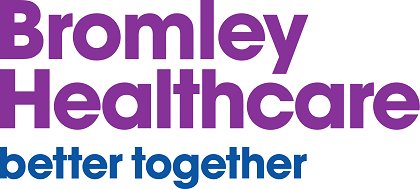
Most children and young people who have physical needs and disabilities can be taught in mainstream schools, including those students with an education, health and care plan.
When exploring options for a school for your child with physical needs, it is important where possible to visit the site and speak to the SENCo/Inclusion Lead or Headteacher about your child’s needs and the accessibility of the physical environment. This may help you to identify the most suitable setting to give your child the best possible start to their education.
Some physical needs can be met through “Reasonable adjustments” and schools are expected to make reasonable adjustments in line with Department For Education reasonable adjustments guidance. These can be measures such as reallocating a class to an accessible classroom, finding alternative routes around the site or providing extra time for transitions between lessons. Reasonable adjustments must always be considered before the possibility of more major adaptations to the physical environment are explored.
Any need for specialist equipment such as specialist seating or hygiene equipment will need to be assessed by the Occupational Therapy service.
Access into school
- Can the school building(s) be easily accessed - for example, is the site on one level, are there existing ramps, stairs, or lifts?
- Are there alternative routes around the school that could be used to access key areas.
- Would addition of a ramp, or rail to hold on to support independence?
Classroom
- Is there plenty of room to be able to move around the classroom with ease - either independently or with help? Look out for possible obstacles or trip hazards. Could furniture be moved to make space easier?
- Is there room for your child’s equipment to be used in class and stored safely?
- Can your child access circle or carpet time with minor adjustments e.g. could they have a support to lean back against or use a chair?
- Can your child access the pegs or lockers? Could they have a lower peg or locker at the end of a row to enable ease of access? Does consideration need to be given to the child accessing the space at quieter times?
- If your child is of secondary school age, consider transitions between classrooms.
Hall for assemblies/ Lunch hall
- Can your child access the hall for assembly/lunch as required using their mobility aid? Is there an accessible route into the hall, either internally or externally?
- What are the lunchtime arrangements? Will the child be able to see the lunch options in order to make a choice? Do children need to carry their lunch trays? What kind of seating is available at lunchtime and is there space for an alternative seat if required?
- During assemblies what are the seating arrangements?
Playtime
- Can the outside space be accessed safely and is there direct access from the classroom for early years? Is more than one area used for playtime?
- Are there any risks in outdoor play areas e.g. uneven ground /slopes/ steps?
- What activities could your child join in with safely with and without support?
- For secondary aged pupils, consider where break and lunch spaces are for specific year groups. Are there indoor or covered spaces that can be accessed during bad weather?
Toileting
- Can the toilets be easily accessed? Is there an alternative?
- Are there any equipment or support needs for safe toileting or changing that are used at home? Advice will need to be sought from the Occupational Therapy Service if there are hygiene equipment needs.
PE
- Can the area used for PE be accessed safely with and/or without support?
- If adult support is needed, your child’s Physiotherapist can offer advice on supporting safe access to PE, including adapting the PE curriculum for your child.
Learn more about reasonable adjustments in education settings (PDF - 3.76 MB).
If you would like to request a PDF version of this guide, please email earlyyearsinclusionteam@bromley.gov.uk.
The content of this page was co-written and produced with Bromley Healthcare.
